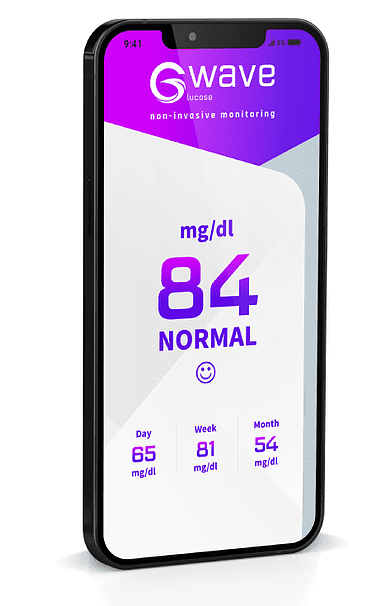HAGAR to Use Funds to Develop Clinical Trials

HAGAR, the developer of GWave, the world’s first non-invasive continuous glucose monitoring technology that uses RF waves to measure glucose levels in the blood, today announced an $11.7 million Series B funding round led by a returning investor, Columbia Pacific.
This investment brings HAGAR’s total funding to $17.1 million, following the $4.4 million in Series A funding it received in March 2021. This round’s funding will be used for upcoming trials for Federal Drug Administration (FDA) approval; it will also be used for completing international patents.
“Raising this Series B is further confirmation of the merit of our technology – a technology that we believe will transform diabetes care,” said General Guy Zur, CEO, and co-founder of HAGAR. “Dr. Gerry Waintraub, our CTO and co-founder, recognized the ability of radio frequency (RF) technology to help manage one of the most significant chronic diseases in the world, and we saw the imperative of bringing it to market. With 8.3 percent of the U.S. population living with diabetes today, that number is projected to rise to 1 in 3 adults by 2050. Finding a way to monitor glucose levels in the blood – continuously, painlessly, and easily – is life-changing for those living with diabetes, and we are thrilled that our partners at Columbia Pacific are helping us in this journey.”
The revolutionary technology was conceived by Dr. Gerry Waintraub, when he accidentally spilled a cup of tea on an RF device during routine experimentation. He noticed that the sugar in the tea caused a dramatic reaction on the system’s monitors. Dr. Waintraub began formulating theories about the applications the technology could have to help those with diabetes. GWave’s technology yields over 90 percent detection rates by its ability to measure glucose levels in the blood rather than from the interstitial fluid, resulting in real time readouts.
GWave First Generation is a third of the size of a smartphone and uses less radio frequency than a smartphone. It detects blood glucose levels, which is essential for anyone with diabetes. GWave can also be used for preventive care, as it can measure glucose levels that are elevated but not high enough for diagnosis. Those early measures, if acted upon, can help prevent type 2 diabetes, which constitutes most of the diabetes cases in the world.
“I am excited to build on the success we’ve seen through our first generation,” said Br. General Bentzi Gruber (res), Chairman and Cofounder of HAGAR. “As the seventh leading cause of death in the United States, it is due time to present a disruptive technology for people to manage this disease more easily, painlessly, and with exact precision. The answers are not far off in the future; rather, they are right here today.”
“The support provided by HAGAR and its GWave technology to people with diabetes is truly life-changing,” said Dr. Irl Hirsch, Medical Advisor to HAGAR and Professor of Medicine and the Diabetes Treatment and Teaching Chair at the Division of Metabolism, Endocrinology, and Nutrition at the University of Washington. “I’ve witnessed GWave’s success firsthand as my nephew, who has had type 1 diabetes since three years of age, underwent a trial to compare three hand-held invasive devices as well as his CGM with GWave’s First Generation device. With greater than 95 percent accuracy, GWave’s technology is an exciting turning point in the world of diabetes research and therapy.”
“RF can positively change diabetes monitoring and care for good,” said Taire Rubin, co-founder and VP of Business Development for HAGAR. “We’ve dedicated ourselves to ensure our technology gets smarter, more efficient, and increasingly cost-effective to help improve the lives of nearly 500 million people living with diabetes today. It is a true honor to have Columbia Pacific by our side as we bring to life GWave technology.”
GWave 2.0, currently under development, is a sensor that can be directly integrated into a smartwatch. It will seamlessly connect to the GWave smartphone application that enables users to receive glucose readings on their phones to easily share with their healthcare providers. The GWave application already applies to GWave First Generation.
“The global diabetes care devices market size is expected to reach $4.3 billion by 2025, driven largely by an increasing focus on technological innovations. GWave technology has the potential to disrupt the market and become a champion for affordable and quality diabetes monitoring to people worldwide. We are excited to partner with HAGAR on this essential journey and to help bring GWave’s technology to the masses,” said John Bratrud, Portfolio Manager of the Columbia Pacific Opportunity Fund.